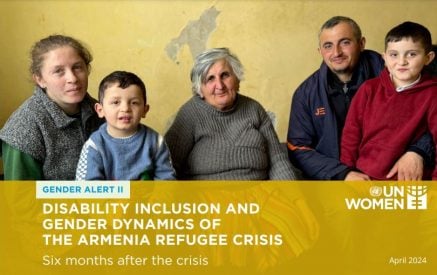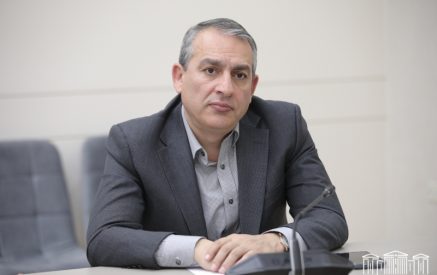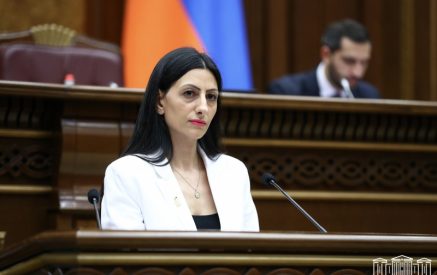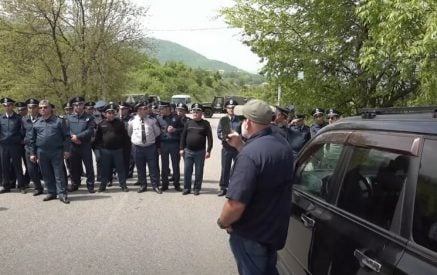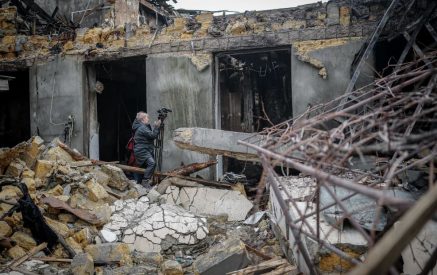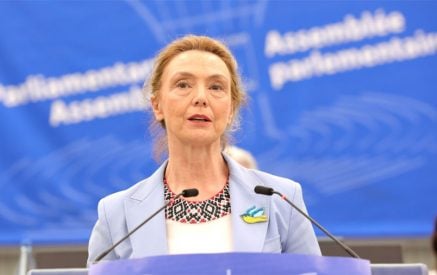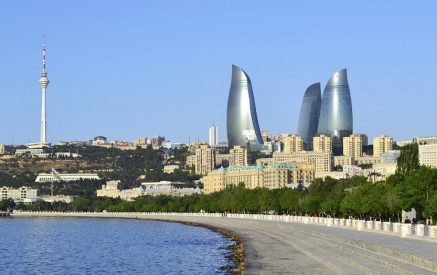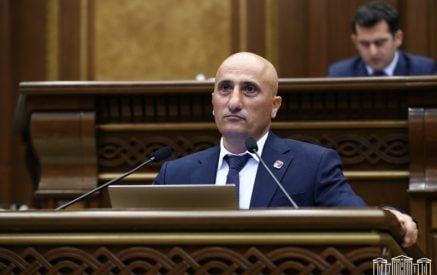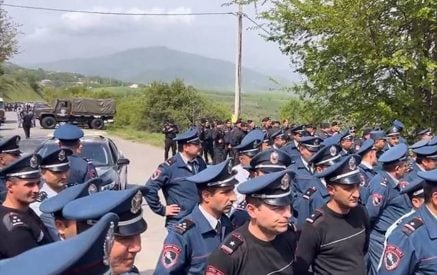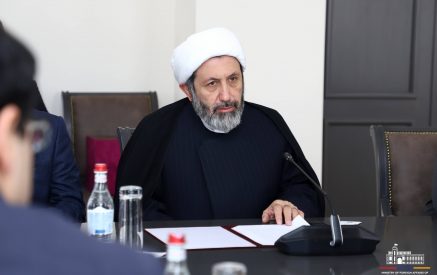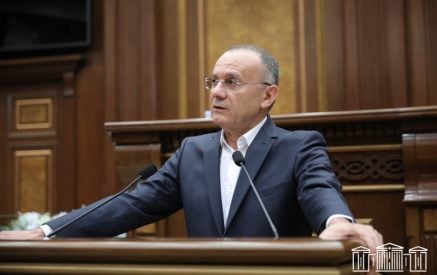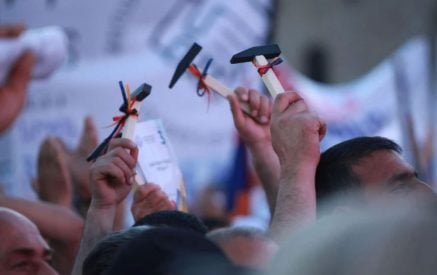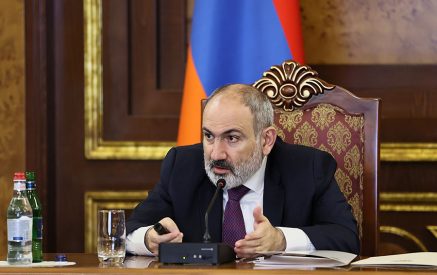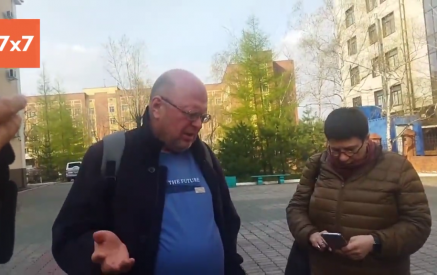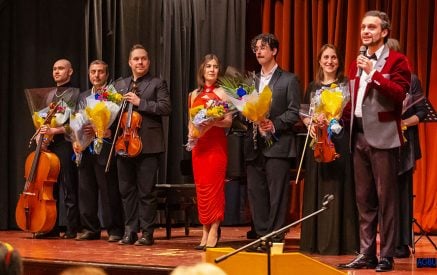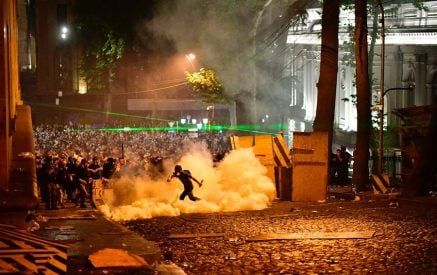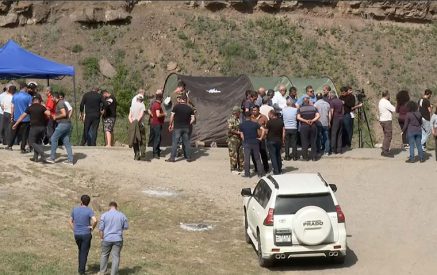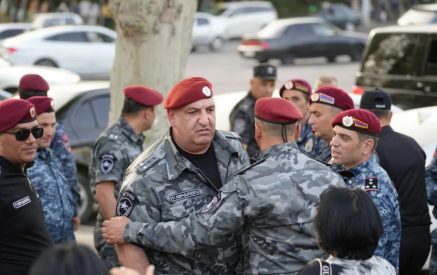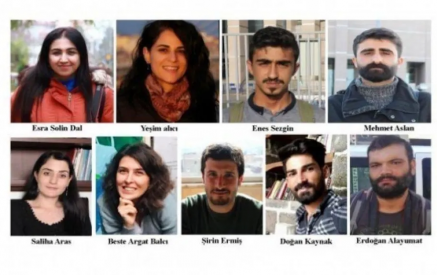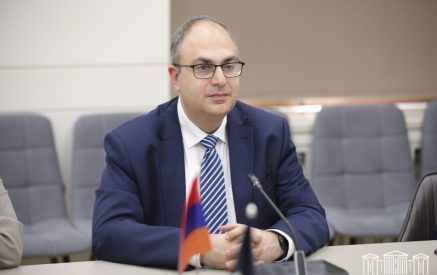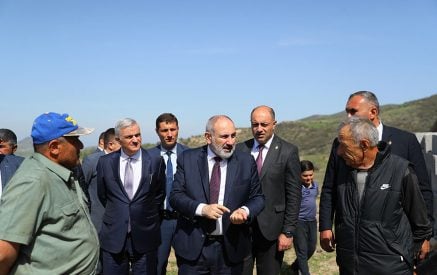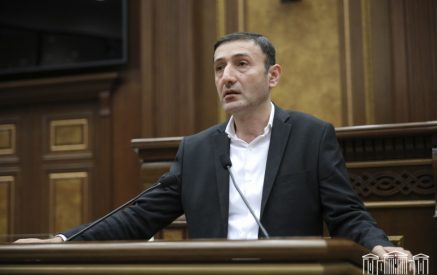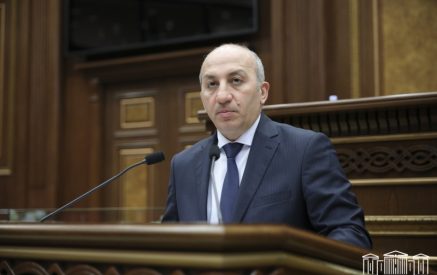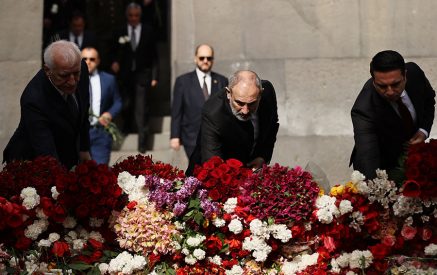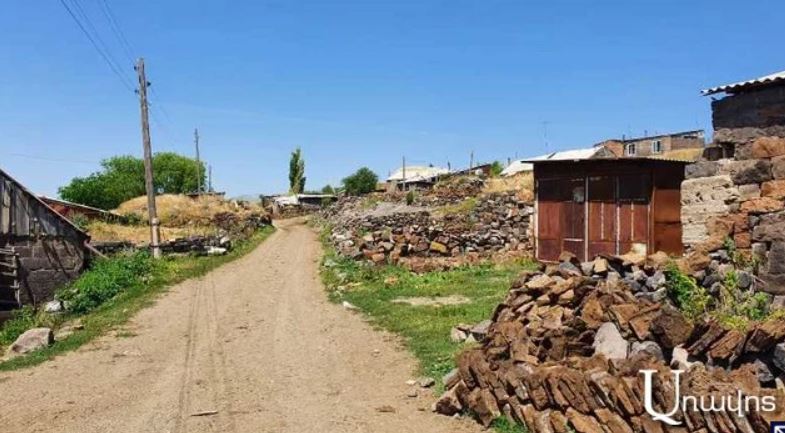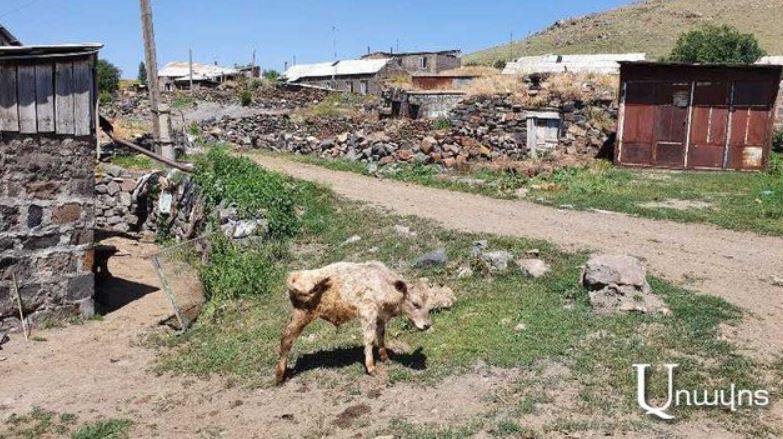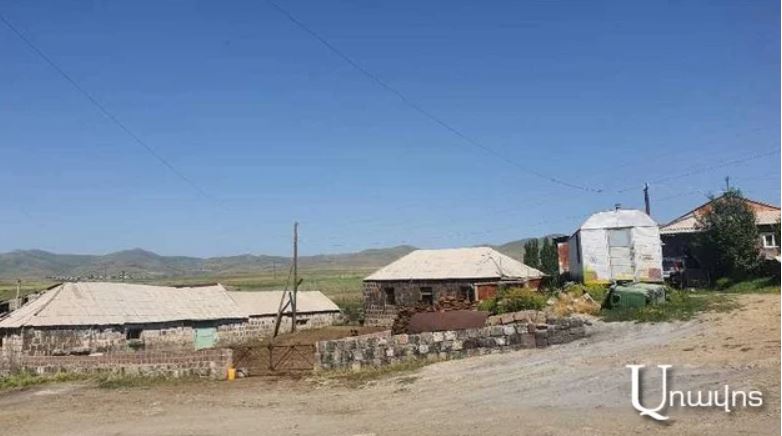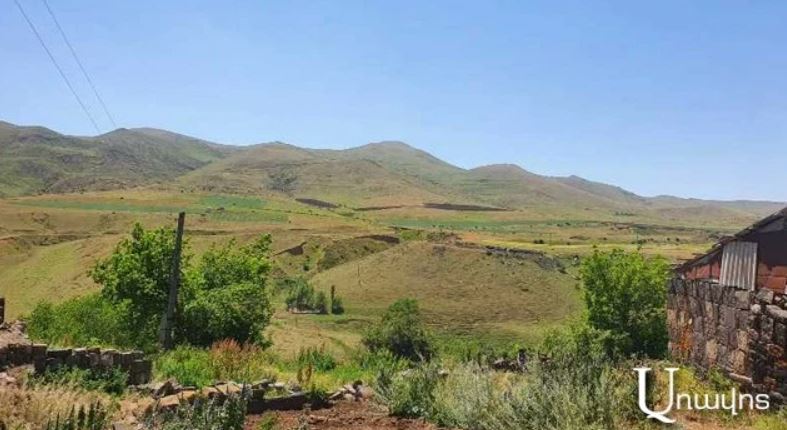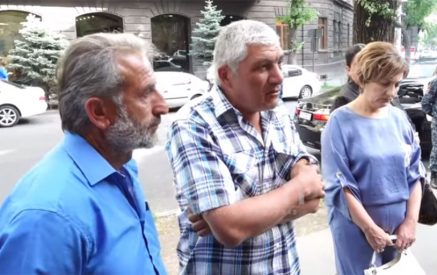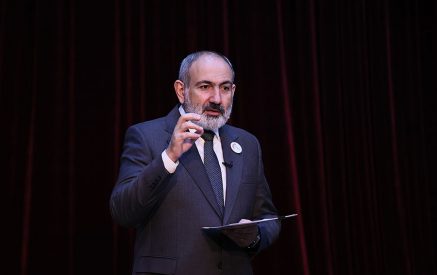Jradzor, one of the villages stuck in the valleys of the Amasia region, will be moved 5 kilometers away, closer to Gyumri, according to the government’s decision. A new village will be built opposite the old site for the residents of Jradzor. Prime Minister Nikol Pashinyan announced at the previous session of the previous government that a new village will be built for the first time in the history of independent Armenia. “It is very important that this project is successful, and we can introduce a 21st century village model there and bring a new urban culture that meets our today’s expectations and requirements,” said Nikol Pashinyan.
The relocation of the village is connected with the construction of the Kapsi reservoir. If the reservoir is built, the village will be underwater. According to the government’s calculations, 5 billion AMD will be required for the relocation of the village and the construction of a new village. We visited Jradzor to ascertain the residents’ sentiments regarding the construction of the new village.
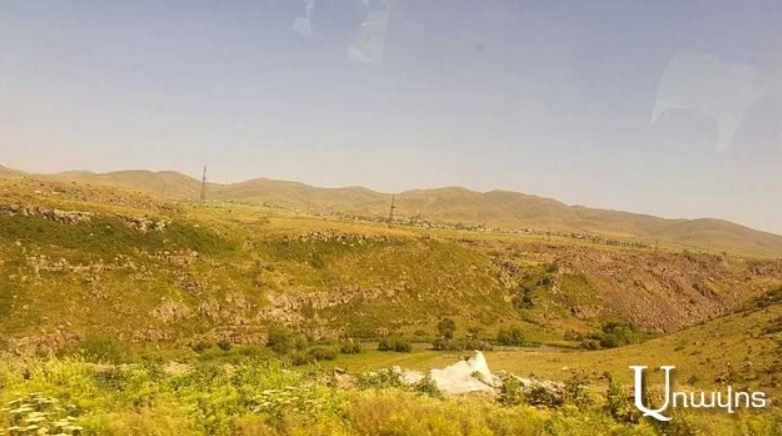
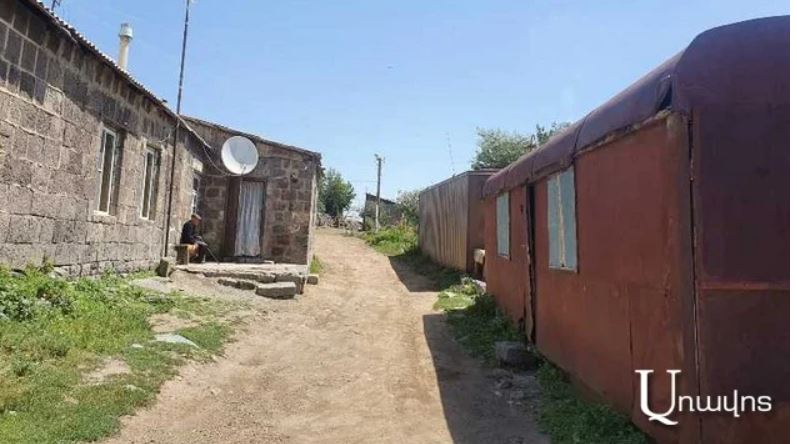
Ara Harutyunyan, the administrative head of Jradzor, said in our conversation that the village relocation plan was developed 50 years ago, but it was never implemented. “From the 70s, they came, assessed, and informed the villagers that the village would have to be moved.
Read also
During the Soviet period, the stage of construction of the reservoir began, at the same time they had to carry out the relocation of the village, different places were pointed out, some of which the residents did not agree with, where the residents wanted, the state could not accommodate.

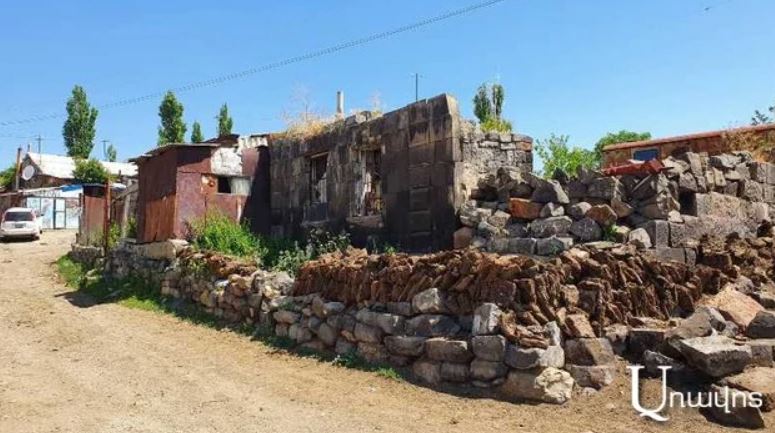
When the Soviet Union collapsed, those conversations stopped for a long time during the years of Armenia’s independence, that is, people gave up hope. After the earthquake, the village was not built. There was destruction. It was a miserable situation. People were not provided with housing, and that gave a reason for some of the residents to leave the village, while another part stayed in the hope that the village would be built and they would have their own house,” said the village head.
Today, the number of registered residents in the village is 242, but before the earthquake it was more than 400.
“The village was being built near the Gtashen settlement, but after the collapse of the Soviet Union, it was left incomplete and demolished. Today, the start of that deal has already been given. The deal started in December 2021 and the final accounting started in order to implement this project. There are no registered apartments in the village. People do not have ownership certificates, and the inhabitants of the village were recognized as homeless due to the earthquake,” said the administrative head.
According to the latter, since the Soviet years, residents have not been allowed to improve the conditions, even cosmetic repairs have been prohibited, in the hope that a new village will be built. The families of the village became multi-member, but they were forbidden to add even one room.
During the earthquake, most of the houses in the village were damaged, that’s why most of them left. Half went to neighboring villages, and others went to the Russian Federation. An external meeting of the city council was held in Jradzor, and the villagers expressed their opinion about the village.
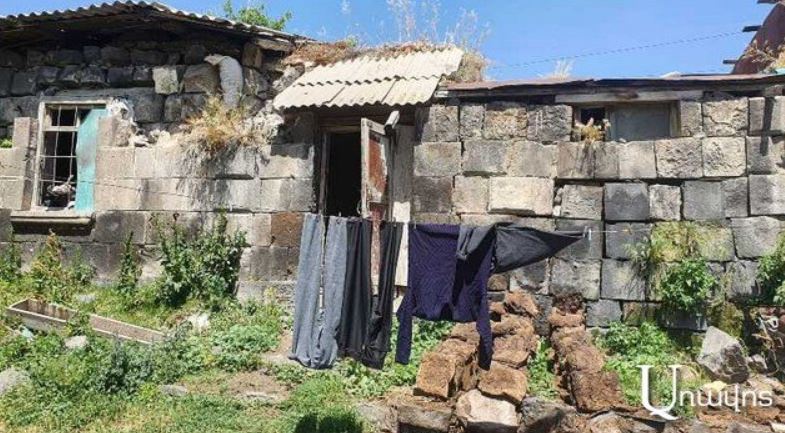
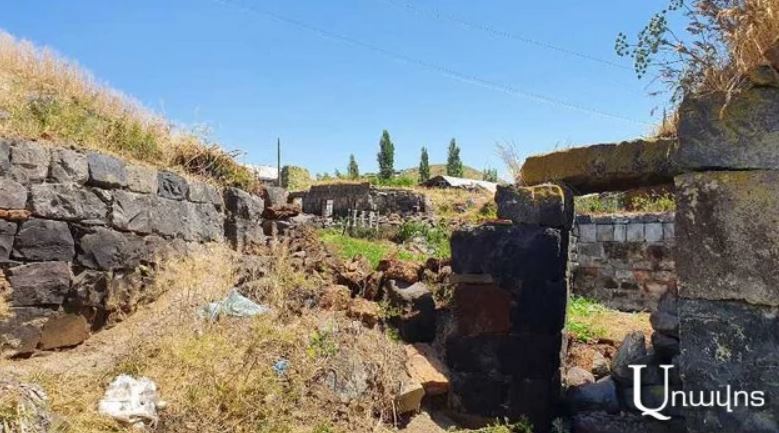
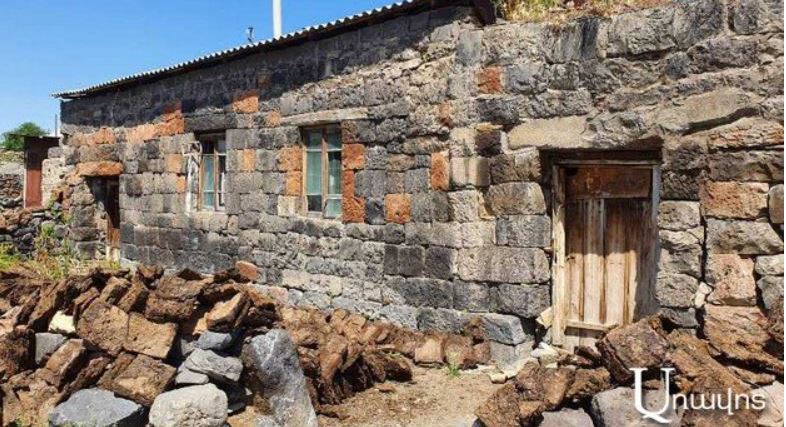
Sixty-nine apartments will be built with the new project, according to the administrative head, at first the issue of 73 apartments was discussed, based on the number of actual residents. “The program is like this: an apartment for an apartment, and compensation for attached and auxiliary structures. As for barns or warehouses, the person will later decide what to build. The main phase of the project is the registration and issuing of temporary ownership certificates to people. This is the process at the moment,” said Ara Harutyunyan. The program started on December 2, 2021. According to our interlocutor, it will end in 67 months.
“A community building will be built, where there will be a kindergarten, a library, a house of ceremonies, and, of course, a school as well,” the administrative head said. He notes that the residents of Jradzor who moved to the Russian Federation promise to return after the construction of the new village, as many left because of the housing problem.
“It is not difficult for a working person to live in the village, and our villagers are very hard-working, creative, organized, their only problem was housing, which became the reason for the creation of this situation. The number of residents and students in the school has decreased. We hope that after the construction of the village, everyone will return, the village will be very big, very prosperous, and very good. It will be a dream village and it will be the only one in the Republic of Armenia that will have the appearance of a modern village and, of course, it will be an eco-village, where the villager themselves present the proposals about the shape and appearance of the new village,” said the administrative head.
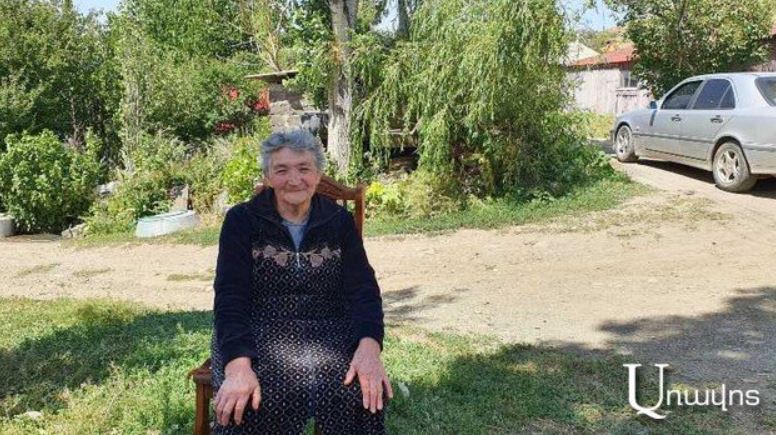
It should be noted that the inhabitants of this village are from the Phasiane province of Western Armenia, and when they came to Amasia in 1828, they compared the place to their birthplace, Talink village of Phasiane. Seventy-six-year-old Marusya Harutyunyan, who worked as a village librarian for 50 years, told Aravot that the village was initially called Talik, but in 1918-20, after the destruction by the Turks, it was renamed. The inhabitants created so many good things that they named the village Jalab, that is, cattle trader. And since 1948, it has been called Jradzor.
The village has a holy mountain, named Saint Gevorg, which, according to the former librarian, is very powerful, and also has a healing spring, Lusaghbyur, where people from different places come to be treated, bring bottled water, and wash the parts of the body where they experience pain with that water. The village has various saints, most of the houses have the holy book “Narek.” One of the oldest men of the village remembers that when his grandfather emigrated from Western Armenia, he carried the home book, “Narek,” with him, tying it under his clothes to his back.
Nune AREVSHATYAN


